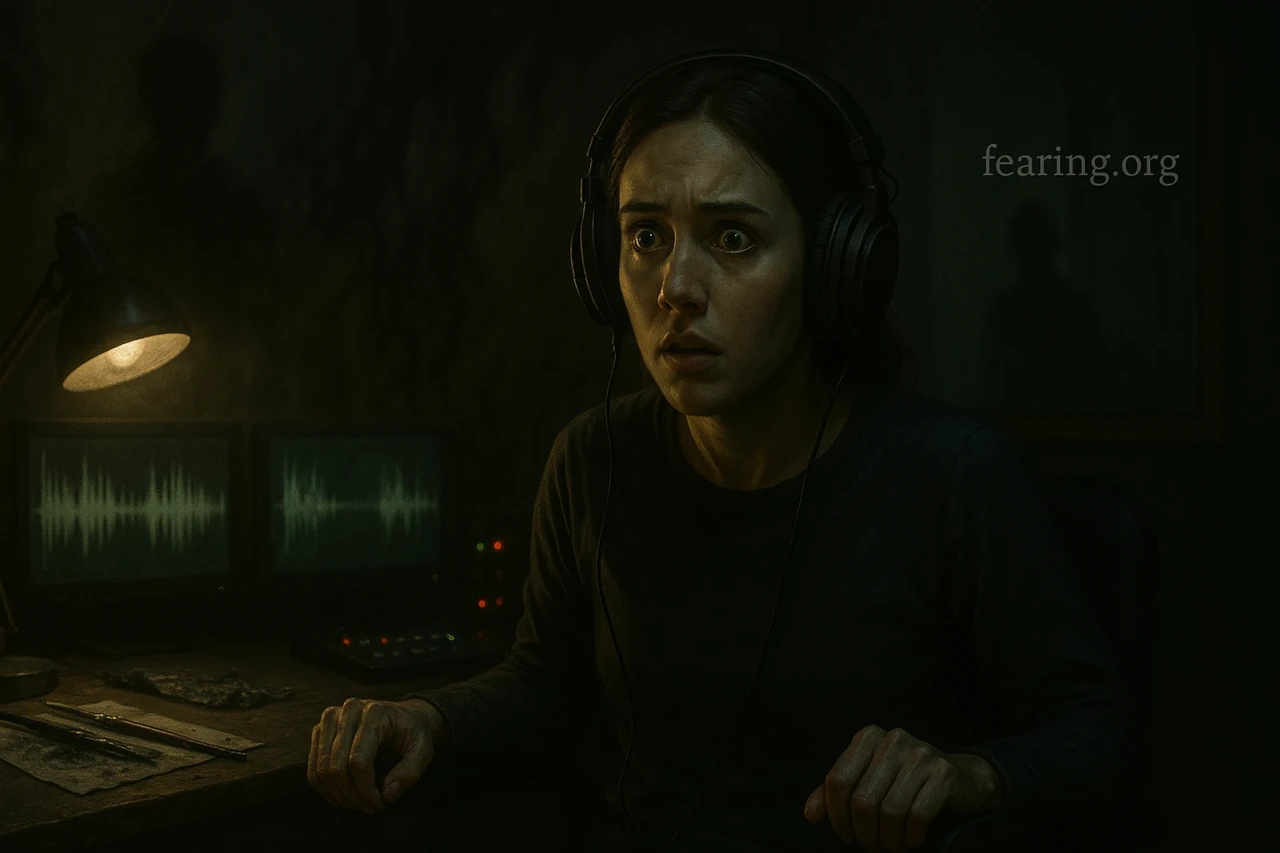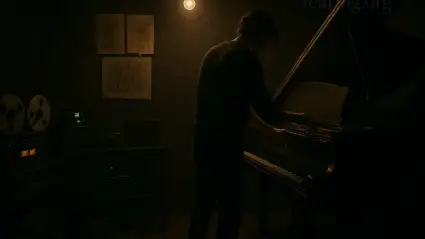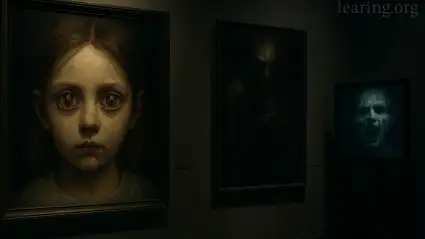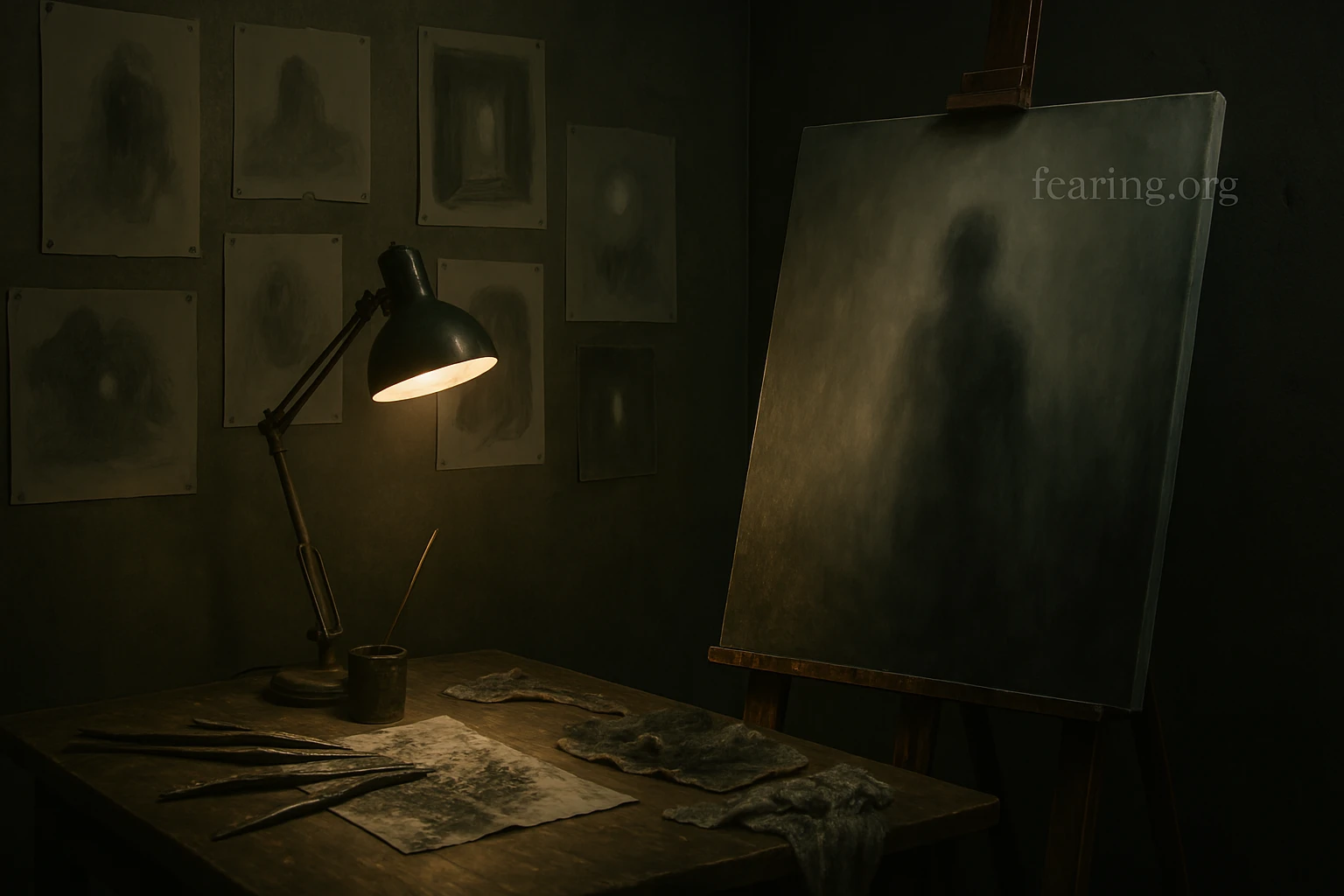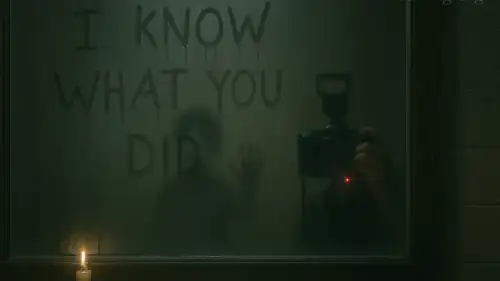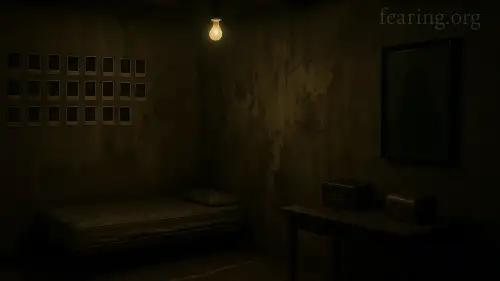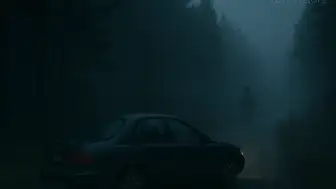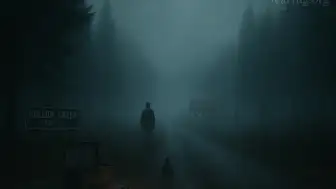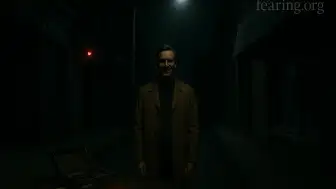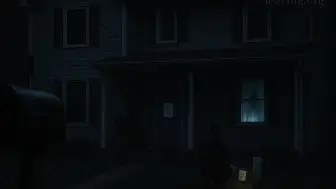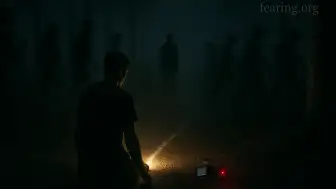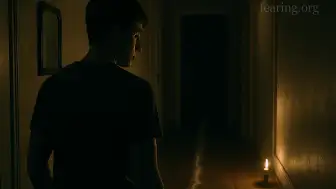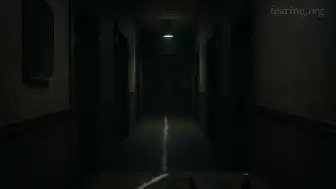A single dissonant chord. A low rumble that feels more like a presence than a note. A lullaby turned sour. Horror music doesn’t just entertain—it intrudes. But does it affect our brains in ways that differ from other music genres like pop, classical, or jazz?
"Some music makes you dance. Horror music makes you freeze."
In this exploration of sound and neuroscience, we uncover how horror music uniquely impacts our perception, emotion, and primal instincts.
🧠 The Brain on Music: A Quick Overview
Music, in general, stimulates multiple areas of the brain:
Auditory cortex processes sound
Amygdala triggers emotional response
Hippocampus links music to memory
Prefrontal cortex processes rhythm, structure, and anticipation
But horror music tweaks the formula—it bypasses comfort.
🎧 What Sets Horror Music Apart?
Unlike most genres, horror music thrives on:
Dissonance (unsettling clashes of pitch)
Asymmetry (irregular or unpredictable rhythms)
Infrasound (frequencies below human hearing that create discomfort)
Sudden changes in dynamics (unexpected loud sounds)
These elements confuse and overstimulate the brain, triggering a fight-or-flight response.
"Horror music is designed to alert—not to please."
🧬 Biological Responses to Horror Scores
When exposed to horror music, the body reacts:
Increased heart rate
Elevated skin conductance (sweat response)
Enlarged pupil dilation
Tense muscles, shallow breathing
These reactions are involuntary—you can’t stop them even if you know the sound is fictional.
🔬 Neurological Studies on Dissonance
Dissonant chords cause increased activity in the amygdala and insula
Studies show even non-musicians experience anxiety when exposed to detuned notes
Children as young as six months exhibit discomfort toward horror-style sound patterns
The fear response is hardwired, not learned.
🎼 Emotional Impact vs. Other Genres
Classical music evokes relaxation, awe, and emotional reflection
Pop music stimulates dopamine and encourages movement
Jazz engages cognitive flexibility and curiosity
Horror music focuses on alertness, dread, and anticipation
It doesn’t want you to feel good—it wants you to feel something ancient.
"Most music rewards you. Horror music tests you."
🧠 How Horror Music Hacks Expectation
The brain thrives on pattern recognition:
We anticipate the next note in most songs
Horror composers break those patterns deliberately
This results in cognitive dissonance, which the brain reads as danger
The more unpredictable the music, the harder your brain works—and the more distressed you become.
📽️ Examples in Media That Prove the Effect
The Witch (2015) – Mark Korven
Uses microtonal strings and off-tempo choral wails to evoke spiritual dread
Midsommar (2019) – The Haxan Cloak
Blends droning dissonance with folkloric motifs, creating disorientation
Silent Hill 2 (Game) – Akira Yamaoka
Mixes industrial noise with piano melodies that feel half-broken
Listeners report real-time anxiety—even without the visuals.
📱 The TikTok Test: Fear in Seconds
Short horror clips often use:
High-frequency scratches
Sudden stingers
Slow, reversed music
Even in seconds, these sounds stimulate dread faster than most visual cues.
🧪 Experimental Sound Design in Horror Music
Some artists use field recordings from abandoned places
Others process human screams into ambient layers
Binaural sound is used to place "threats" behind or beside the listener
These techniques bypass the ear and go straight to the brainstem.
"The sound doesn’t just scare you—it finds you."
🧠 Can Repeated Exposure Change Your Brain?
Horror fans show desensitization over time—but not immunity
Long-term exposure might alter emotional processing of fear cues
However, unpredictability keeps horror music effective—even for veterans
You can adapt. But horror can always shift the frequency.
Horror music doesn’t just make you hear fear—it makes you feel it. In the muscles. In the breath. In the subconscious.
It’s a language your brain understands without translation. A reminder that somewhere in the dark…
Something is listening, too.

